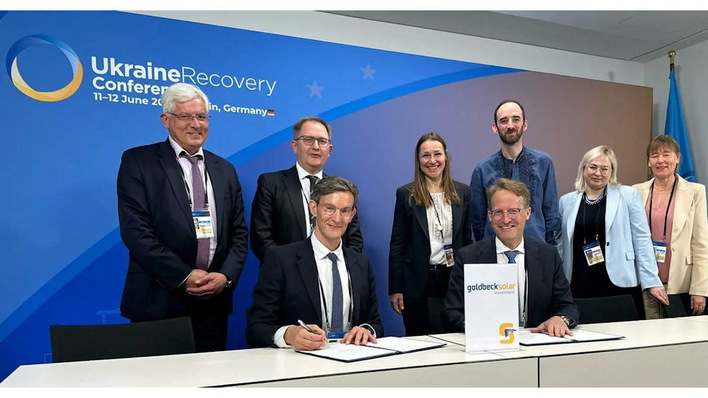The Earth Day summit marks the return of the US on the international climate policy stage, and President Biden presented a new, ambitious climate programme that aims to slash US emissions by 50 percent by 2030. Several of the invited world leaders also presented updated targets and measures meant to help put the planet on track to reach the Paris Agreement objective of limiting global warming to 2, ideally 1.5 degrees.
Carbon prices in the EU ETS risen by 100 percent
Europe pledged to cut 2030 emissions by “at least 55 percent” compared to 1990 emission levels. While that number was agreed by European leaders back in December 2020, it was only on 20 April that the European Parliament finally accepted it, having fought hard to fix it at 60 percent. Wednesday’s deal between the Parliament and the European Council means that the European Climate Law – of which the 2030 target and the 2050 net zero ambition are cornerstones – will enter into force and be legally binding.
Carbon prices in Europe’s emission trading system (EU ETS) have risen 100 percent over the past half year, from €23/t to €46/t. We attribute this surge mainly to market players’ anticipation of a stricter headline target (Europe’s previous 2030 goal was a reduction of 40 percent), and the corresponding tightening that will need to be done to the emission cap in the EU ETS. New record highs have been set day by day over the last few weeks, and yesterday, during the Washington summit, the reference carbon futures contract closed for the first time above the €46 level.
Biden does not push a nation-wide ETS
Hæge Fjellheim, Head of Refinitiv Carbon Research, comments: “This shows that climate ambition matters, and that carbon traders take their cue from renewed confidence in policy makers’ commitment to bring down emissions, even when it adds a high cost on European utilities and manufacturers.”
While the EU has made its ETS a flagship climate policy instrument across the continent, the situation is very different in the US, where carbon markets are set up not by the federal administration but by the participating states. Yesterday, President Biden presented a new headline target, and a vast infrastructure programme that includes wind turbines and solar panels, but he did not put the US on course for a nation-wide ETS.
China`s nationwide ETS world`s largest
Anders Nordeng, senior carbon market analyst at Refinitiv Carbon Research, comments: "Though clearly a positive contribution toward international cooperation on fighting climate change, the new ambitious US target has little bearing on the North American emission trading systems, since the Biden administration has made very clear that an ETS is not going to be a tool the US will use to achieve those targets. In fact, it is intentionally avoiding market mechanisms, framing climate change mitigation in the context of creating blue collar jobs, not supporting Wall Street traders.”
China’s nationwide ETS, launched last February, is the world’s largest, in terms of covered emissions. During his speech yesterday, Chinese President Xi Jinping reaffirmed a pledge made last year to peak emissions by 2030 and reach carbon neutrality by 2060. He then added some new and concrete details on how these goals will be achieved, notably by “strictly controlling” coal-fired power generation, to be followed by a phase down in the 2026-2030 period.
Renewed push for a carbon border adjustment mechanism in Europe
Yuan Lin, senior analyst at Refinitiv Carbon Research in Beijing, comments: “Strictly controlling coal power sends a strong message domestically, discouraging local governments from onboarding more emissions-intensive projects. President Xi also referred to the launch of trading in Chinas national carbon market, showcasing the role of market mechanism in reducing emissions.”
Did you miss that? A plea for direct C02 pricing
For Europe, the combination of surging carbon prices locally and the (perceived) modest climate ambitions of key trading partners has led to a renewed push for a carbon border adjustment mechanism (CBAM) to be levied on carbon intense imports to level out cost differentials between European and foreign manufacturers. A concrete legislative proposal is expected in June, but already now the idea has triggered negative reactions from China and other countries that suspect a trade protection mechanism.
Stick and carrot
Anders Nordeng concludes: “The idea is that carbon tax at the border should serve as both stick and carrot, and spur other countries to ramp up their abatement efforts when Europe goes to 55. A border tax will lose its relevance if trading partners put in place sufficiently strong carbon cost mechanisms of their own accord to meet beefed up climate ambitions.” (hcn)







